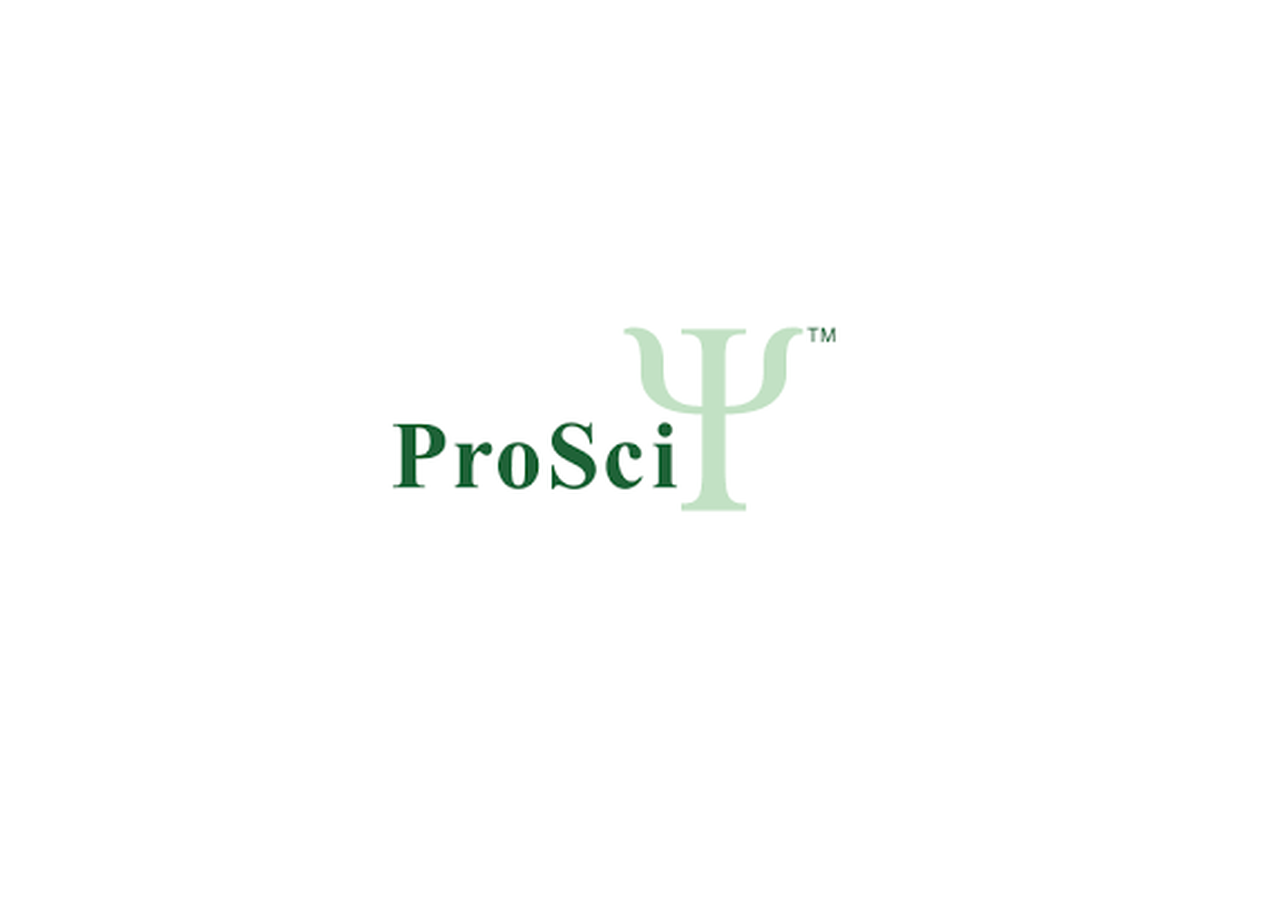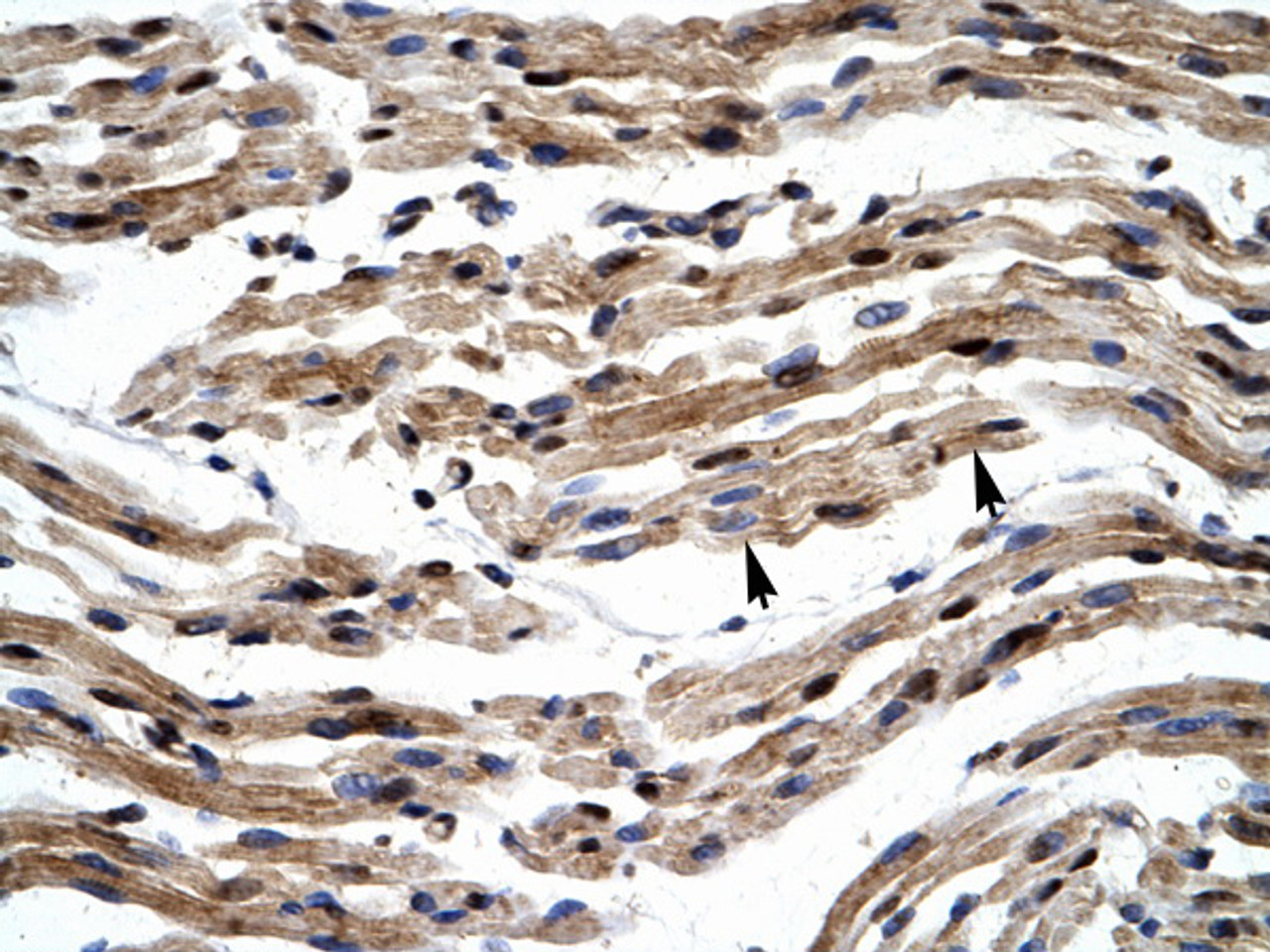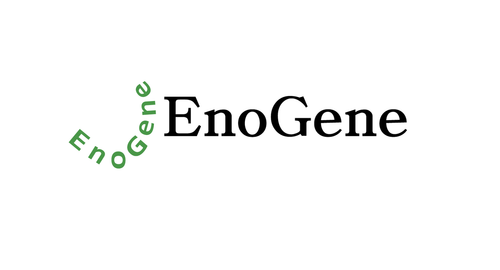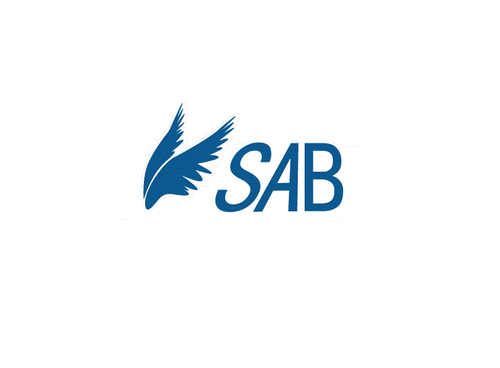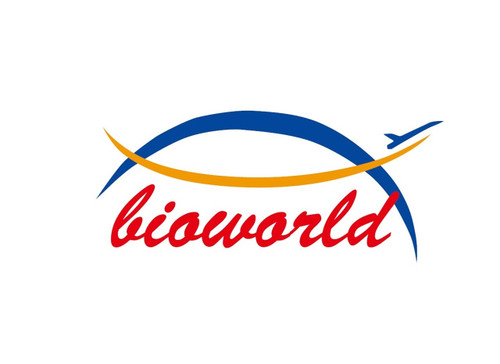Product Description
GTF2E1 Antibody | 31-216 | ProSci
Host: Rabbit
Reactivity: Human, Mouse, Rat, Dog
Homology: N/A
Immunogen: Antibody produced in rabbits immunized with a synthetic peptide corresponding a region of human GTF2E1.
Research Area: Transcription, Cancer
Tested Application: E, WB, IHC
Application: GTF2E1 antibody can be used for detection of GTF2E1 by ELISA at 1:1562500. GTF2E1 antibody can be used for detection of GTF2E1 by western blot at 0.2 μg/mL, and HRP conjugated secondary antibody should be diluted 1:50, 000 - 100, 000.
Specificiy: N/A
Positive Control 1: Cat. No. 1224 - Daudi Cell Lysate
Positive Control 2: N/A
Positive Control 3: N/A
Positive Control 4: N/A
Positive Control 5: N/A
Positive Control 6: N/A
Molecular Weight: 49 kDa
Validation: N/A
Isoform: N/A
Purification: Antibody is purified by peptide affinity chromatography method.
Clonality: Polyclonal
Clone: N/A
Isotype: N/A
Conjugate: Unconjugated
Physical State: Liquid
Buffer: Purified antibody supplied in 1x PBS buffer with 0.09% (w/v) sodium azide and 2% sucrose.
Concentration: batch dependent
Storage Condition: For short periods of storage (days) store at 4˚C. For longer periods of storage, store GTF2E1 antibody at -20˚C. As with any antibody avoid repeat freeze-thaw cycles.
Alternate Name: GTF2E1, FE, TF2E1, TFIIE-A
User Note: Optimal dilutions for each application to be determined by the researcher.
BACKGROUND: The general transcription factor TFIIE has an essential role in eukaryotic transcription initiation together with RNA polymerase II and other general factors. Human TFIIE consists of two subunits of relative molecular mass 57, 000 (TFIIE-alpha) and 34, 000 (TFIIE-beta) and joins the preinitiation complex after RNA polymerase II and TFIIF. TFIIE-alpha is necessary for transcription initiation together with TFIIE-beta, and recombinant TFIIE-alpha can fully replace the natural subunit in an in vitro transcription assay. Its sequence contains several interesting structural motifs (leucine repeat, zinc finger and helix-turn-helix) and sequence similarities to bacterial sigma factors that suggest direct involvement in the regulation of transcription initiation
 Euro
Euro
 USD
USD
 British Pound
British Pound
 NULL
NULL

